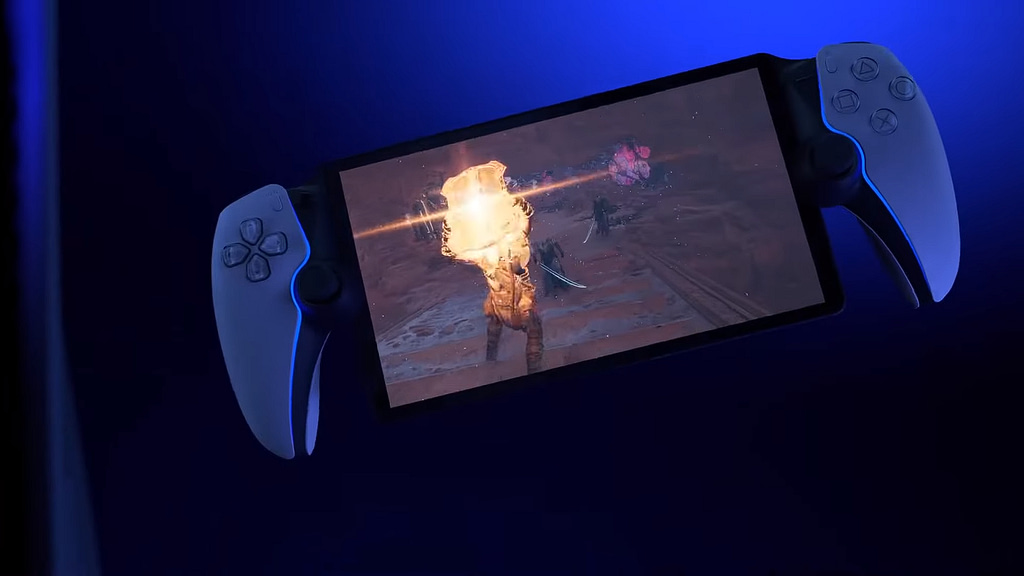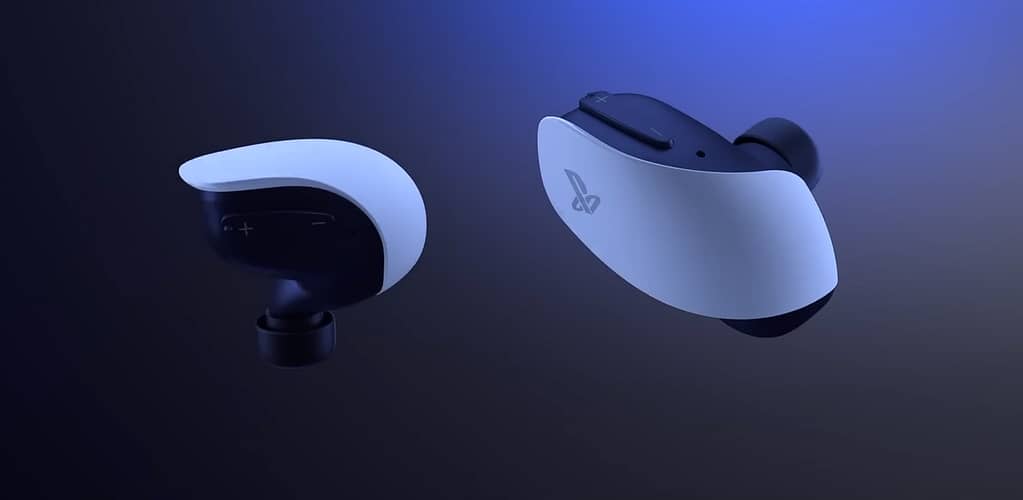In the world of gaming and computer graphics, the term “RTX” has become increasingly prevalent, thanks in no small part to NVIDIA’s relentless marketing efforts. But what exactly is RTX, and why does it seem to encompass so much more than meets the eye? In this article, we’ll delve into the multifaceted world of RTX, exploring its hardware and software components, its impact on gaming, and its implications for the future of graphics.
RTX: Beyond Ray Tracing
At first glance, RTX may appear synonymous with ray tracing, a technology that revolutionizes the way light and shadows are rendered in video games. However, the reality is far more expansive. RTX represents a holistic approach to graphics, encompassing both hardware and software features introduced by NVIDIA since the RTX 20 Series.
Ray tracing itself is a fundamental aspect of RTX, but it’s vital to distinguish between ray tracing in general and NVIDIA’s RTX ecosystem. NVIDIA’s marketing prowess has led to the misconception that all ray tracing falls under the RTX umbrella. This misconception is, in part, due to NVIDIA being the first to market with ray tracing-capable GPUs and heavily promoting these features.
The Hardware Behind RTX
What makes a GPU an RTX GPU? It boils down to the hardware-level support for various RTX functions. The two primary hardware components that define an RTX GPU are the RT Cores and Tensor Cores.
- RT Cores: These specialized cores are responsible for handling the complex calculations required for real-time ray tracing. Ray tracing is computationally intensive, and traditional GPU shaders struggle to perform these calculations efficiently. RT Cores were introduced to accelerate ray tracing processes, making real-time ray tracing in games possible.
- Tensor Cores: These cores are dedicated to matrix operations, deep learning, and inference tasks. While they find applications in various fields, gamers are most likely to encounter them through NVIDIA’s Deep Learning Super Sampling (DLSS) technology. DLSS leverages neural network training to upscale sub-native resolution images with minimal loss in visual quality, thus improving gaming performance.
The Benefits of RTX Graphic Card in Gaming
The introduction of RTX GPUs brought several game-changing features to the world of gaming:
- Realistic Lighting Effects: Ray tracing enables incredibly lifelike lighting effects in games. Titles like “Quake 2 RTX” and “Minecraft with RTX” showcase the potential of fully path-traced games, where lighting is no longer reliant on traditional rasterization.
- Hybrid Rendering: To balance performance and visual fidelity, many games employ hybrid rendering, combining rasterization with ray tracing for effects like reflections, shadows, and global illumination. This approach delivers stunning visuals but can be demanding on hardware.
- Deep Learning Super Sampling (DLSS): DLSS uses Tensor Cores to upscale lower-resolution images, effectively boosting gaming performance. The latest iterations of DLSS, such as DLSS 2.0, provide substantial improvements in image quality.
Beyond Gaming: NVIDIA Broadcast and RTX I/O
RTX’s impact extends beyond gaming, with applications like NVIDIA Broadcast and RTX I/O on the horizon:
- NVIDIA Broadcast: This standalone application utilizes AI-based features, including noise removal, virtual backgrounds, and dynamic cropping, making it invaluable for streamers and content creators.
- RTX I/O: This feature, waiting for integration with Microsoft’s DirectStorage API, promises to reduce I/O overhead from the CPU, allowing data to be efficiently moved to the GPU for decompression. It’s a promising development for gaming PCs equipped with ultra-fast NVMe drives.
The Future of RTX
When NVIDIA claims that “RTX is ON,” it can refer to a range of features and technologies. It might signify the inclusion of hybrid ray tracing, DLSS support, or full-fledged path-traced rendering, depending on the specific game.
As technology continues to advance, the RTX ecosystem will likely expand, with new features and capabilities pushing the boundaries of gaming and graphics. While RTX has already made significant strides, it may take time before these technologies become the standard in the industry.
In conclusion, RTX represents more than just ray tracing; it’s a comprehensive approach to graphics encompassing both hardware and software innovations. NVIDIA‘s RTX GPUs have ushered in a new era of gaming visuals, and their impact extends to various industries, from content creation to data processing. As RTX continues to evolve, it promises to redefine the possibilities of immersive and realistic graphics in gaming and beyond.




